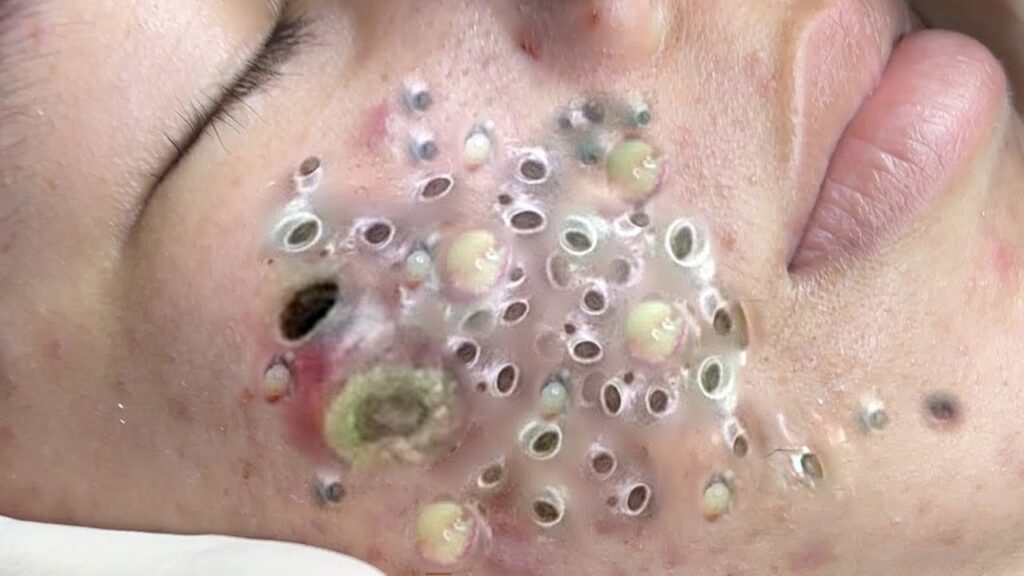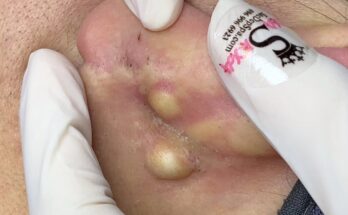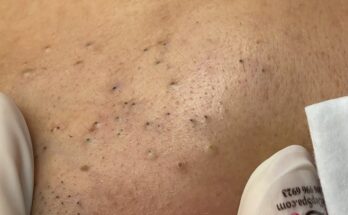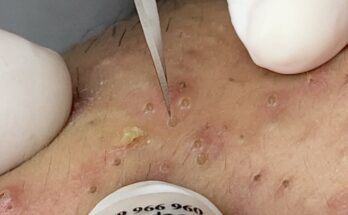
For acne-prone skin, exfoliation is a critical step in a skincare routine, helping to prevent clogged pores and improve texture. However, the line between beneficial and harmful exfoliation is thin. Understanding the different methods and recognizing the signs of over-exfoliation is vital for maintaining a healthy skin barrier.
Physical vs. Chemical Exfoliation
Exfoliation comes in two main forms. Physical exfoliation uses manual action—like scrubs with small granules or brushes—to slough away dead skin cells. While these can provide immediate smoothness, they can also be too abrasive for inflamed, acne-prone skin, causing micro-tears and spreading bacteria. Chemical exfoliation, on the other hand, uses acids or enzymes to dissolve dead skin cells. This method is often gentler and more effective for acne because it can penetrate pores.
Safe Ingredients for Acne
For chemical exfoliation, look for products with safe and effective ingredients. Salicylic acid (a BHA) is a powerhouse for acne-prone skin. It’s oil-soluble, meaning it can penetrate deep into pores to clear out sebum and debris. Alpha-hydroxy acids (AHAs) like glycolic and lactic acid are also beneficial for acne, as they work on the skin’s surface to improve texture and tone, and can help with post-acne marks.
Signs You’re Over-Exfoliating
The general rule for exfoliation is two to three times per week, but this can vary. Signs that you’ve gone too far include:
- Redness and irritation: Your skin may look inflamed and feel sensitive, especially after applying other products.
- Tightness and dryness: A compromised skin barrier can’t hold onto moisture, leading to a tight, flaky, or dehydrated feeling.
- Increased breakouts: Ironically, over-exfoliating can strip the skin of its natural oils, causing it to overcompensate and produce even more oil, leading to a new wave of pimples.
- A waxy or shiny appearance: Your skin might look unnaturally smooth or glossy, a sign that you’ve removed too many layers.


